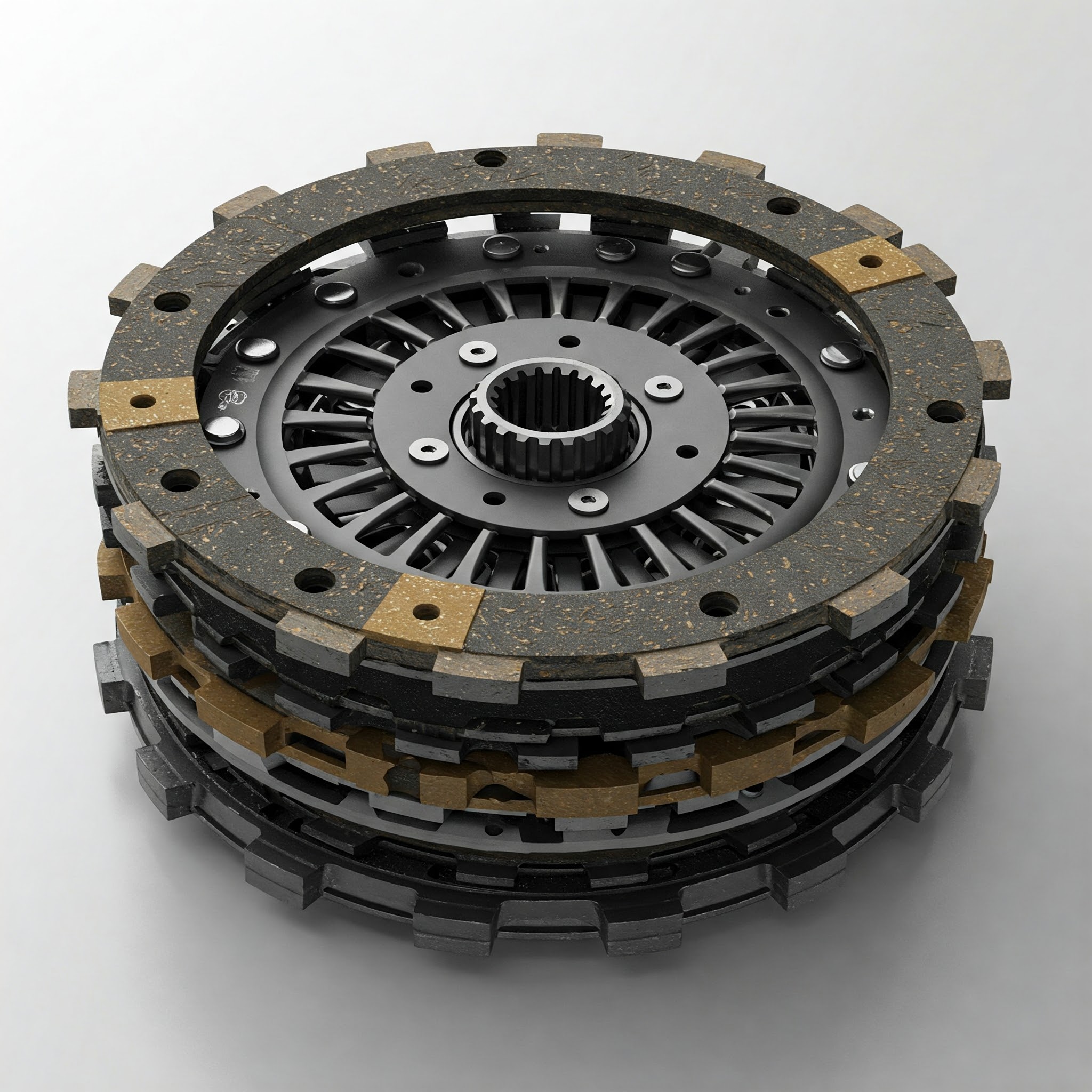The COVID-19 pandemic has disrupted much of the Indian economy. One of the worst-hit sectors is the automotive industry. Since the Government of India has initiated strict lockdown measures, the movement of vehicles (passenger, commercial, and public) has almost come to a standstill.

As per the report published by the Society of Indian Automobile Manufacturers (SIAM) (dated 20th October 2020 in Outlook Money), there has been a drastic fall in the motor vehicles category for the first time in 10 years based on the sales volume for the quarter April-May 2019, while commercial motor vehicles and motorbikes are still in the negative growth zone.
This was followed by a chain reaction caused by tight liquidity due to the ailing economy, crises of the NBFC segment caused by bankruptcy and fraud, low government policies, and a hike in insurance premium issued by the Insurance Regulatory and Development Authority of India.
The sum of all the factors mentioned above, along with the COVID-19 pandemic, has pretty much crippled the automotive sector over the last seven months. The demand for the auto sector is yet to be revived completely. The Society of Indian Automobile Manufacturers (SIAM) has estimated the Society of Indian Automobile Manufacturers (SIAM) while two-wheeler sales registered an 11.64 percent year-on-year growth for September 2020.
Why are Cars and Bikes Less Expensive?
In order to revive growth in the motor vehicles industry, the Insurance Regulatory and Development Authority of India (IRDAI), along with the Ministry of Road Transport and Highways, has issued a statement (circular; from first August 2020 onwards) to withdraw long-term motor insurance for new cars and bikes that is currently mandatory to possess as per the Indian Motor Vehicles Act, 1988. The Insurance Regulatory and Development Authority of India has directed all general insurers to withdraw the compulsory long-term motor vehicle insurance plans for new cars and bikes.
What does this mean? The cost of mandatory long-term motor vehicle insurance is borne by the customer who is buying a new car or bike. Since this extra cost has been withdrawn, the motor vehicle's overall ex-showroom price will be less. So if you are planning to purchase a new car or motorbike, this might be the right time to do so!
Why did this happen? To understand this in a better manner, we need to revisit the history of this circular. Back in September 2018, the Supreme Court of India allowed general insurers to sell a long-term three-year policy for two-wheelers and a five-year policy for four-wheelers. The general insurers divided the entire insurance cover package in the following format - One year of own damage (OD) cover and three years of third-party liability cover, and three years of own damage (OD) and third-party liability motor insurance.
This created a lot of confusion in the minds of the policyholders and car owners. Taking advantage of the situation mentioned above, many vehicle dealers and car shop showrooms misled car buyers into buying third-party long-term motor insurance irrespective of the need for own damage cover.
The IRDAI became well-aware of this malpractice and decided to withdraw mandatory long-term own damage motor insurance for once and for all.
How is the Premium Determined?
Earlier, the insurance companies decided on the premium payment amount after approval from the Insurance Regulatory and Development Authority of India (IRDAI). The general insurers did come to a mutual conclusion where the premium amount will be based on the claim's nature. The premium payment amount will be adjusted during the time of renewal. This is in stark contrast to the policies before the premium amount for specific long-term motor vehicle insurance plans remained fixed for 3 to 5 years.
Before the circular of 1st August 2020 came into effect, car owners and motor vehicle insurance buyers were caught in a dilemma as their hands were tied. They had no option but to stick to the same motor vehicle insurance provider for three or five years, whichever applicable.
Post the withdrawal of the mandatory long-term motor vehicle insurance, the cost of the vehicle, as well as the price of a car insurance policy, has gone down.
Top Car Insurance Plans - Best Car Insurance Companies
The best way to complement your new motor vehicle is with a comprehensive motor vehicle insurance policy. We at Coverfox have created an entire list of the top car insurance plans in India for 2020, along with the list of cashless garages, personal accident cover type, and premium amounts.






